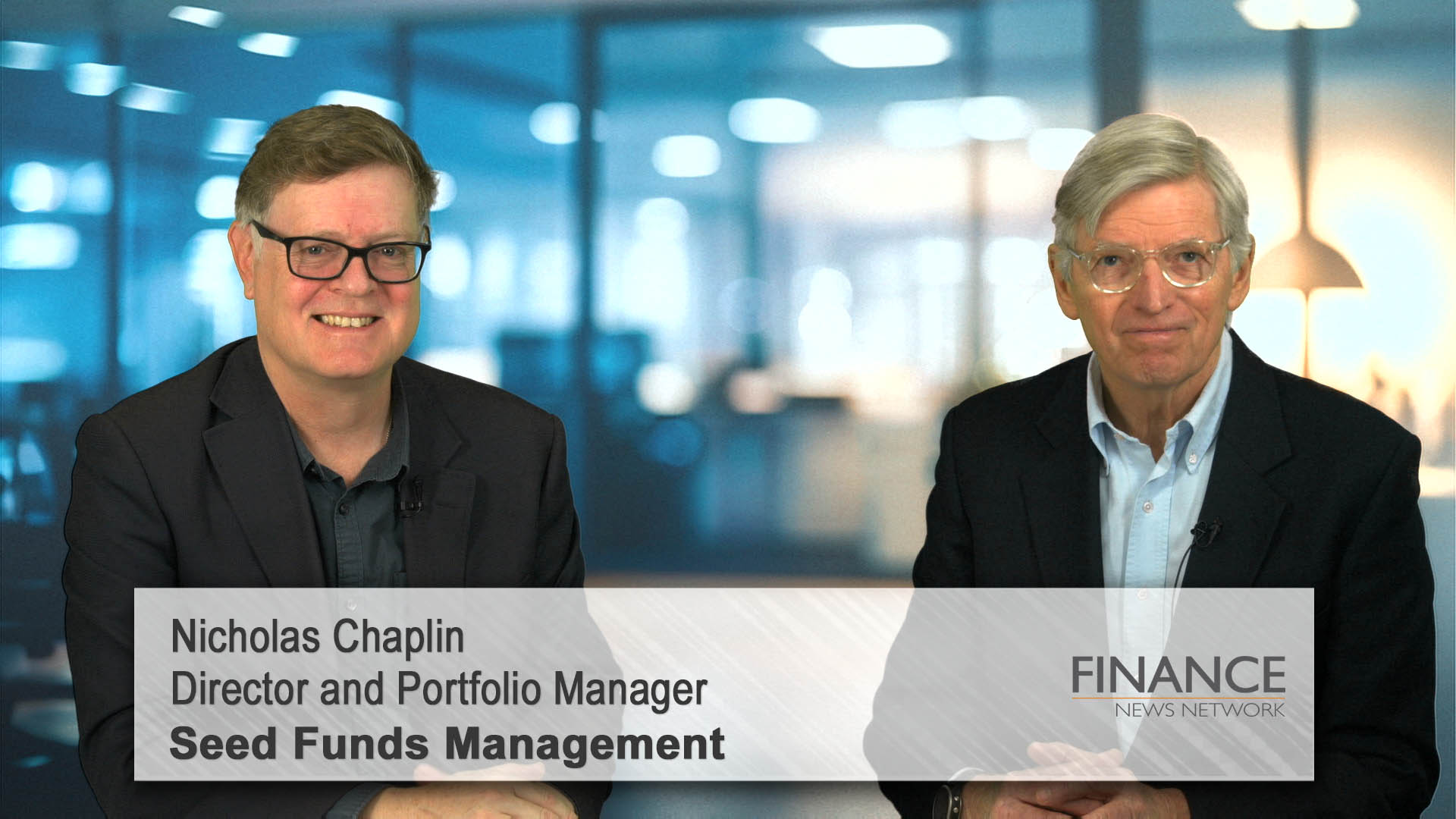The Perpetual investment philosophy is built on four key pillars: quality of business, recurring earnings, conservative debt, and sound management. Part quantitative and part qualitative, these quality filters guide our investment decision making. Assessing management can be particularly difficult as an outsider as our analysis goes well beyond the CEO and CFO, extending to the board of directors and, if possible, divisional managers and the depth of leadership in the organisation.
Using this framework, we saw a varied response to the stressors of the COVID pandemic and associated business disruption by management teams. Some were like deer caught in headlights and were initially incremental with their operational response before panicking and diluting shareholder returns through deeply discounted capital raisings.On the other hand, there wer e management teams that responded quickly operationally, did everything possible to maximise liquidity without diluting shareholders and who capitalised on opportunities to come out at the other side of the pandemic in a stronger position.
As Nathan Hughes, Portfolio Manager for the Perpetual Ethical SRI Fund, explains, the role of a chief executive is multifaceted, requiring them to be an industry expert with the ability to both handle the micro whilst also keeping a close eye on the larger strategic picture. They are also leaders of hundreds, if not thousands of people, and the guardians of a corporate culture, which can be so critical to the success or otherwise of an organisation. This can be especially important when considering “social” factors within the ESG construct, such as safety, diversity, employee engagement, retention and absenteeism. These all reflective the health of an organisation and there should be no doubt management of human capital is a crucial aspect of the CEO’s remit.
However, while a CEO clearly needs to be rounded, Hughes believes the role of the CEO as a capital allocator is perhaps the most important, albeit often underestimated, given how capital allocation can drive step changes in value – for better, or for worse. Bad capital allocation decisions can destroy value permanently. Thankfully, historical information can give us a guide to their track record in this regard, and there are a few simple but key questions we can ask:
- How disciplined have management historically been in maintaining conservative balance sheet settings? And how aggressively have they deployed capacity when strategic opportunities arise?
- How have they historically treated minority shareholders? Is there a pattern of dilution due to repeated equity issuance?
- How have they used buy-backs? In accordance with a rigid formula irrespective of price or with an eye on value.
- How much goodwill sits on the balance sheet – or perhaps even more importantly – how much goodwill has been impaired under their tenure?
- Have they been counter cyclical or pro-cyclical with investments or divestments? When presented with compelling offers for divisions (or indeed the whole business), how have they acted? Have they been disciplined on potential purchases, walking away if the numbers don’t stack up?
The past eighteen months have served as a very strong reminder of just how important management actions in this area can be to driving value. Some businesses have enjoyed very strong recoveries in earnings, but shareholders have been impacted by meaningful dilution as a result of poorly timed raises to rectify poor balance sheets. Companies that entered COVID with stronger balance sheets than their competitors have generally thrived. Further, 2021 has seen a return to buoyant merger and acquisition activity, powered by an economic recovery and easy financial conditions. Acting rationally in this environment will be the next leg of protecting, enhancing, and possibly even realising shareholder value, as opposed to destroying it through ill-disciplined M&A.
Finally, it would be remiss not to mention that management behaviour is driven by the incentives in front of them. Analysis of remuneration schemes can also provide insight here. Are management driven by EPS or ROIC? What is the vesting period for long-term incentives and what are the clawbacks if things go wrong? We consider all of the above when trying to formulate a view, and actively seek out management teams that have consistently acted sensibly with shareholder capital. It is interesting to note that there are several current (and there have been several prior) holdings in the Ethical SRI Fund portfolio run by owner operators with material shareholdings. Notably, these are also founders that have not been regular sellers of their stock. The passion brought to their business, and the alignment provided by the equity investment, results in owner operators acting very differently to executives (and directors) with little skin in the game. Time horizons are extended, decision making is careful, and resilience is prioritised. This is in stark contrast to many executives looking to maximise incentive outcomes over a shorter time period.
The Perpetual Wholesale Ethical SRI Fund is a specialist Australian equity strategy that invests in a diversified selection of socially responsible companies. The Fund aims to provide long-term capital growth and regular income, and to outperform the S&P/ASX 300 Accumulation Index (before fees and taxes) over rolling three-year periods.













